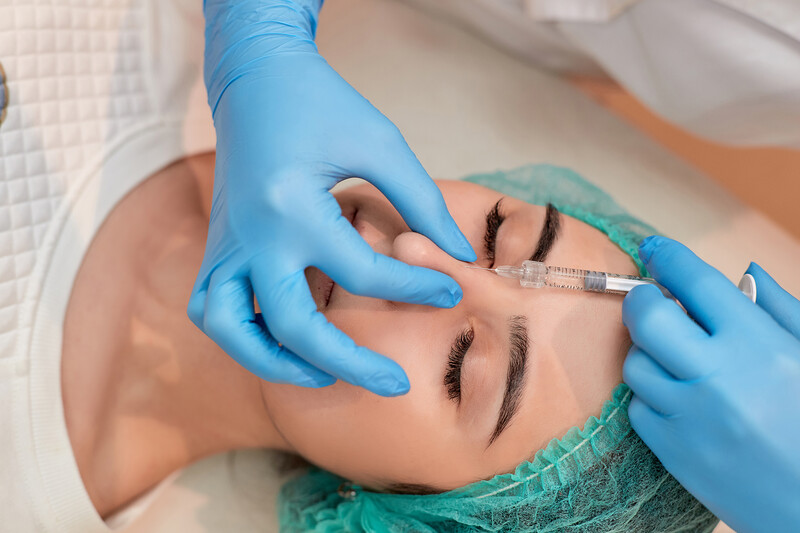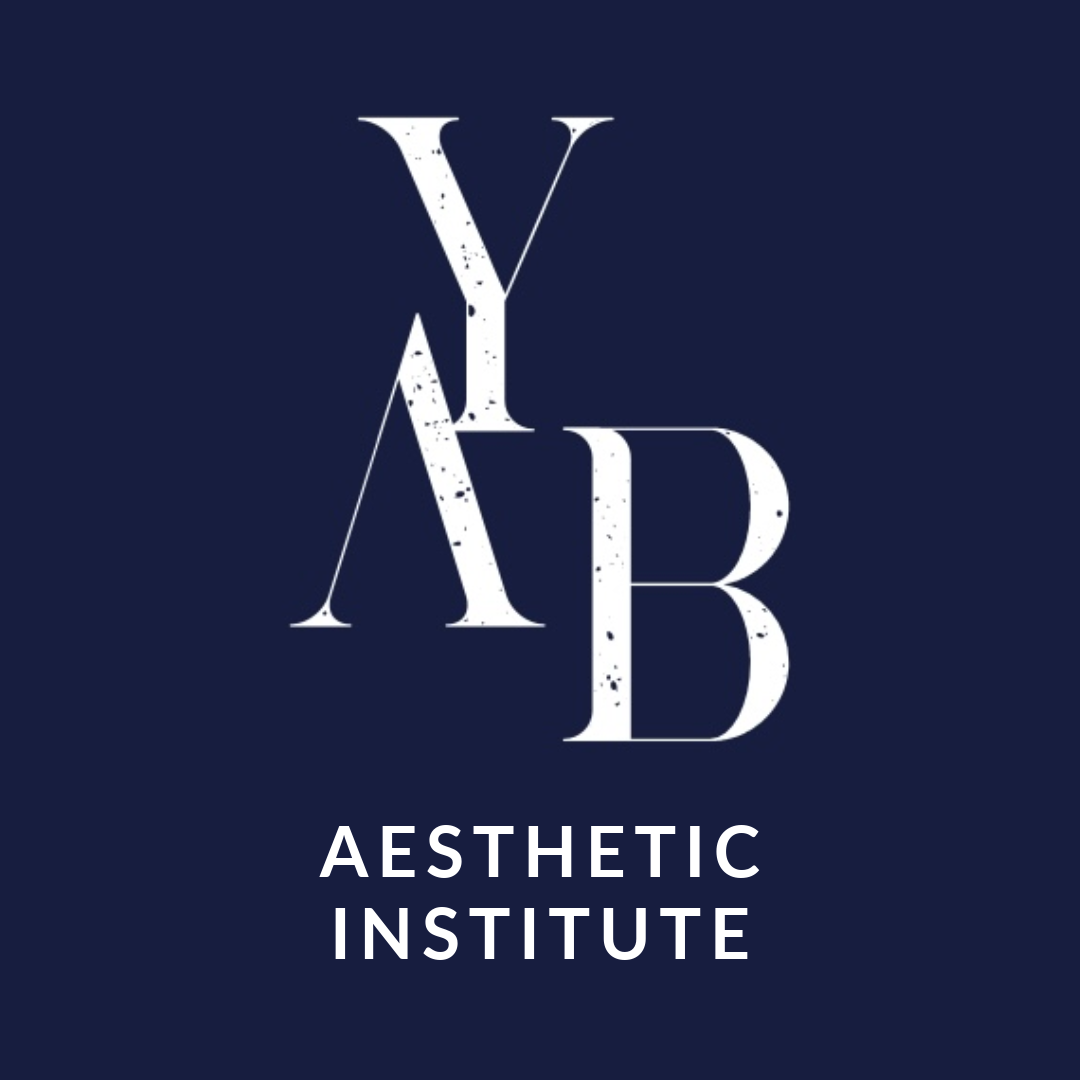
Surgical vs Injection Rhinoplasty
The nose is the most central feature of your face. A rhinoplasty, or nose job, is a procedure that changes the shape of the nose. At Jae Kim, MD Facial Plastic Surgery, Dr. Kim has performed many rhinoplasties. He specializes in Asian rhinoplasty and offers surgical and non-surgical options to help your nose look great and breathe well.
There are various reasons for considering rhinoplasty, but the primary goal of the procedure is to make the nose more beautiful and harmonious with your face. Features that can be changed include humps or bumps on the nasal bridge, asymmetry of the tip or nostrils, to deviated septums and crooked shape due to previous nasal trauma or surgery. Dr. Kim uses proven and safe techniques to achieve your goals.
Rhinoplasty Options
The most widely known procedure to accomplish this is surgical rhinoplasty. This procedure is usually performed under general anesthesia in a hospital or ambulatory surgical center. The nose is reshaped using various surgical techniques. Though it is an invasive procedure, the results of a surgical rhinoplasty are permanent.
Injection rhinoplasty has grown in popularity over the past few years. It is a less invasive procedure that can be done in the office. The nose is reshaped by injecting filler material, usually consisting of a more robust hyaluronic acid filler such as Juvederm Voluma or Restylane Lyft.
Major Differences
The primary difference between surgical and injection rhinoplasty is that surgery results in a permanent change. Injection rhinoplasty can last up to a few years but eventually melts away.
There is a limit to the types of changes that are possible with injection rhinoplasty. Because filler is being added, the nose can only become bigger. The main two changes are camouflaging a bump and refining the nasal tip. Other maneuvers are generally unproven or unsafe. Also, there is no proven method to correct poor nasal breathing with injection rhinoplasty. Surgery addresses all of the structural and functional aspects of the nose.
The procedural and downtime required for both treatments vary greatly. Injection rhinoplasty is done in 15-30 minutes with little to no recovery time. It is common for patients to feel swollen after the procedure, but this usually goes away after a day or two, and there is no interruption in daily activities. In contrast, surgical rhinoplasty can take a few hours, in addition to waiting before and waking up after surgery. In addition, it may take a few days or even up to two weeks to feel back to normal and resume normal activities.
Another major difference is the cost of procedure. Injection rhinoplasty does not require the use of anesthesia or an outside facility, both of which can be costly. In addition, surgical rhinoplasty is a more lengthy procedure that requires the knowledge, confidence, and precision of a qualified plastic surgeon, which are factored into the procedural fees.
Complications
Overall, complications of rhinoplasty are rare but can be serious. Even injection rhinoplasty, while it is less invasive, is not without risk. Complications of surgical rhinoplasty include bleeding or infection, poorer nasal breathing, and unsatisfactory appearance. Septal perforation, or a hole in the septum, can lead to crusting, foul odor, and dryness. Complications of injection rhinoplasty include skin necrosis, or skin death, and injection into blood vessels causing blindness. Even though these events are infrequent, you should always trust your face to a specialist to receive the safest and best care possible. Dr. Kim believes that rhinoplasty surgeons have the most extensive experience and knowledge of the surgical anatomy of the nose and are best fit to perform injection rhinoplasty.
Here at Jae Kim, MD Facial Plastic Surgery, we pride ourselves on delivering the best specialized care possible. Call (703) 705-2100 for more information or to schedule your rhinoplasty consultation today!


